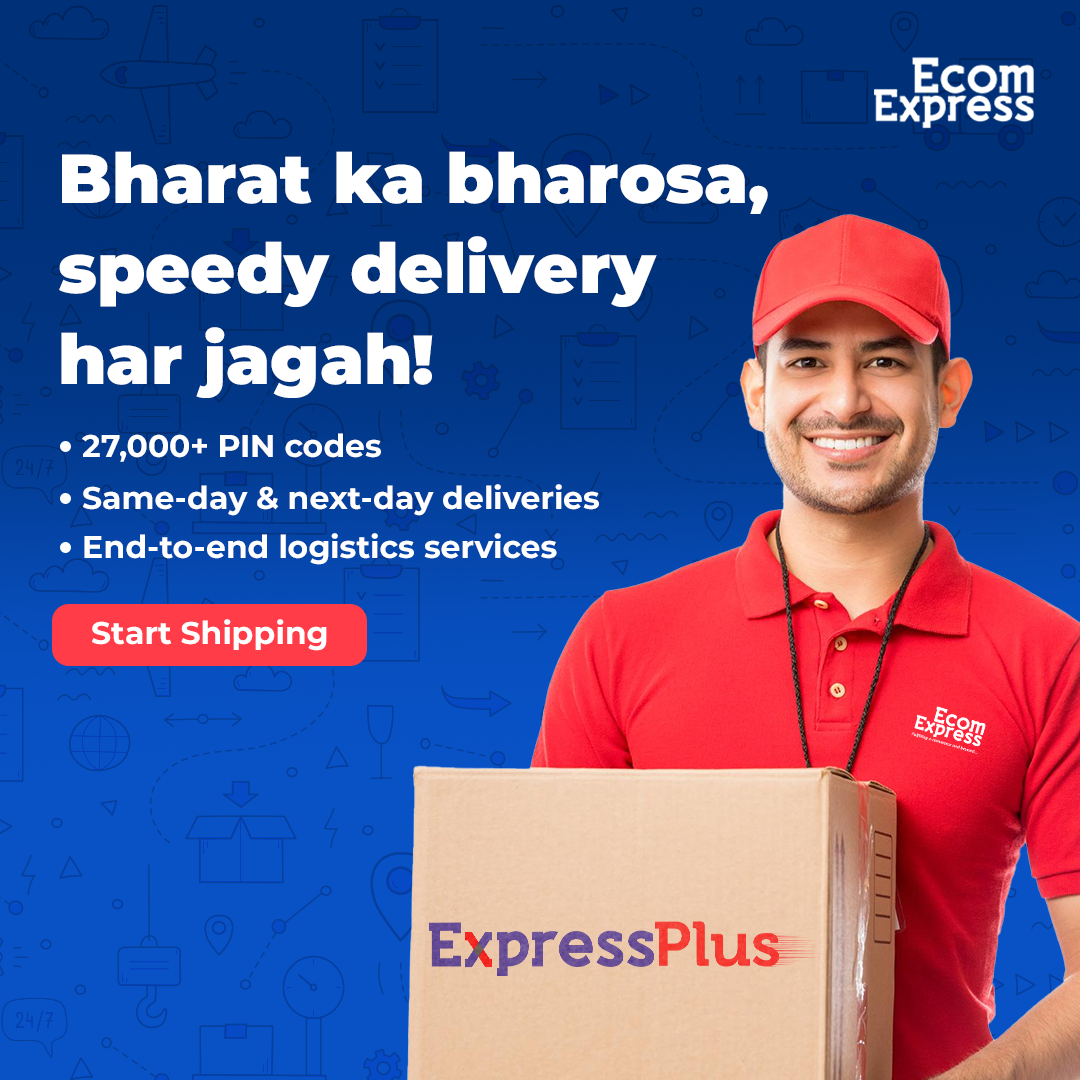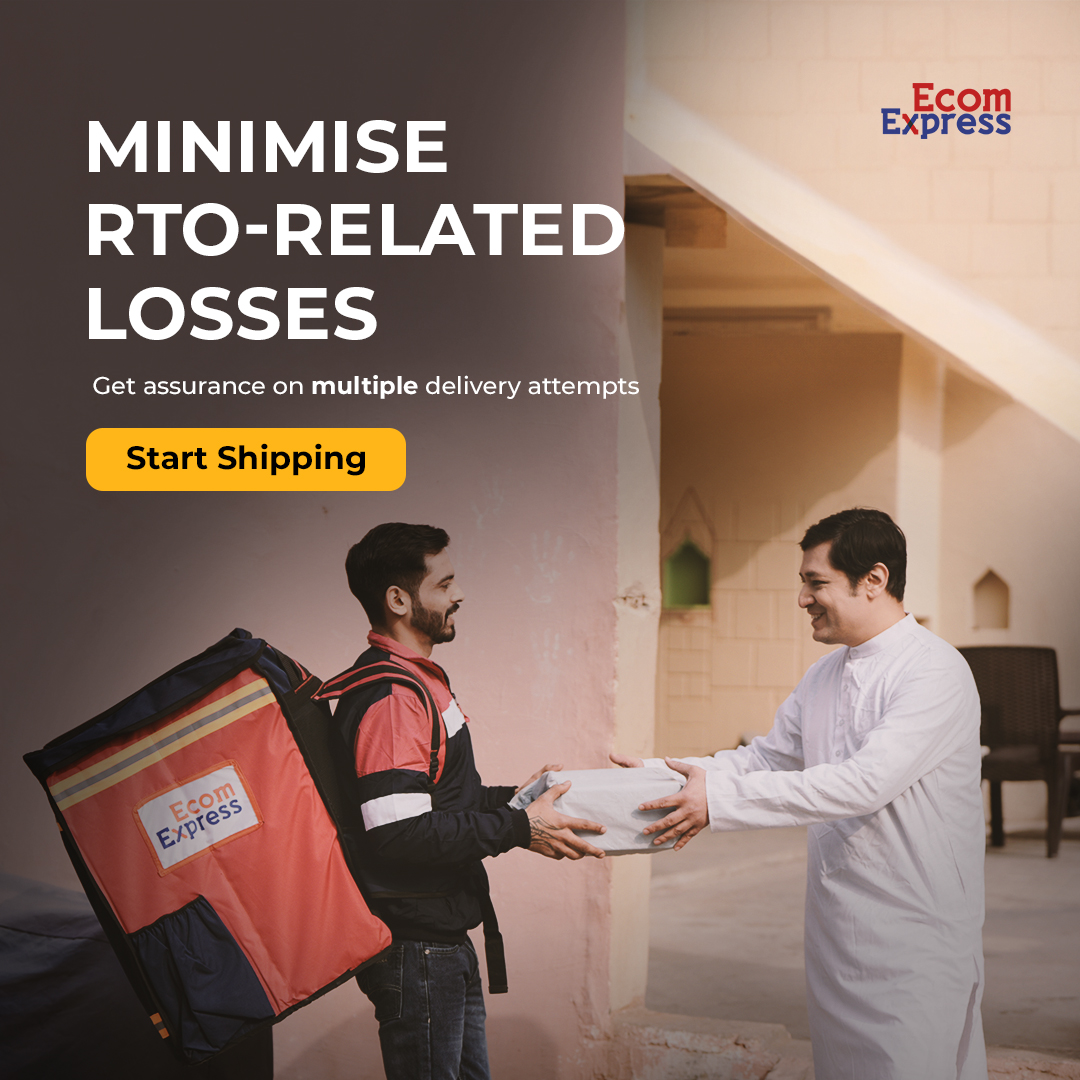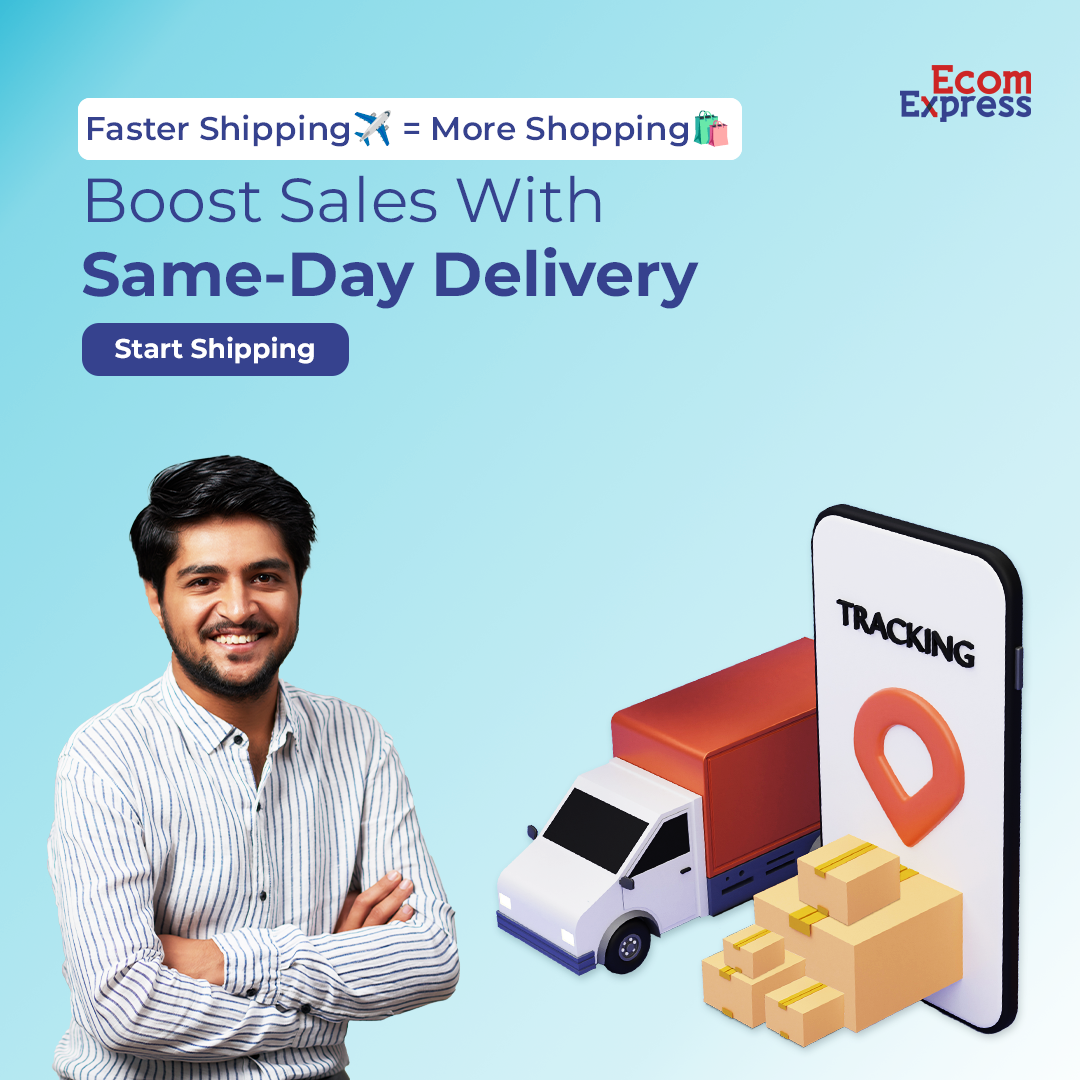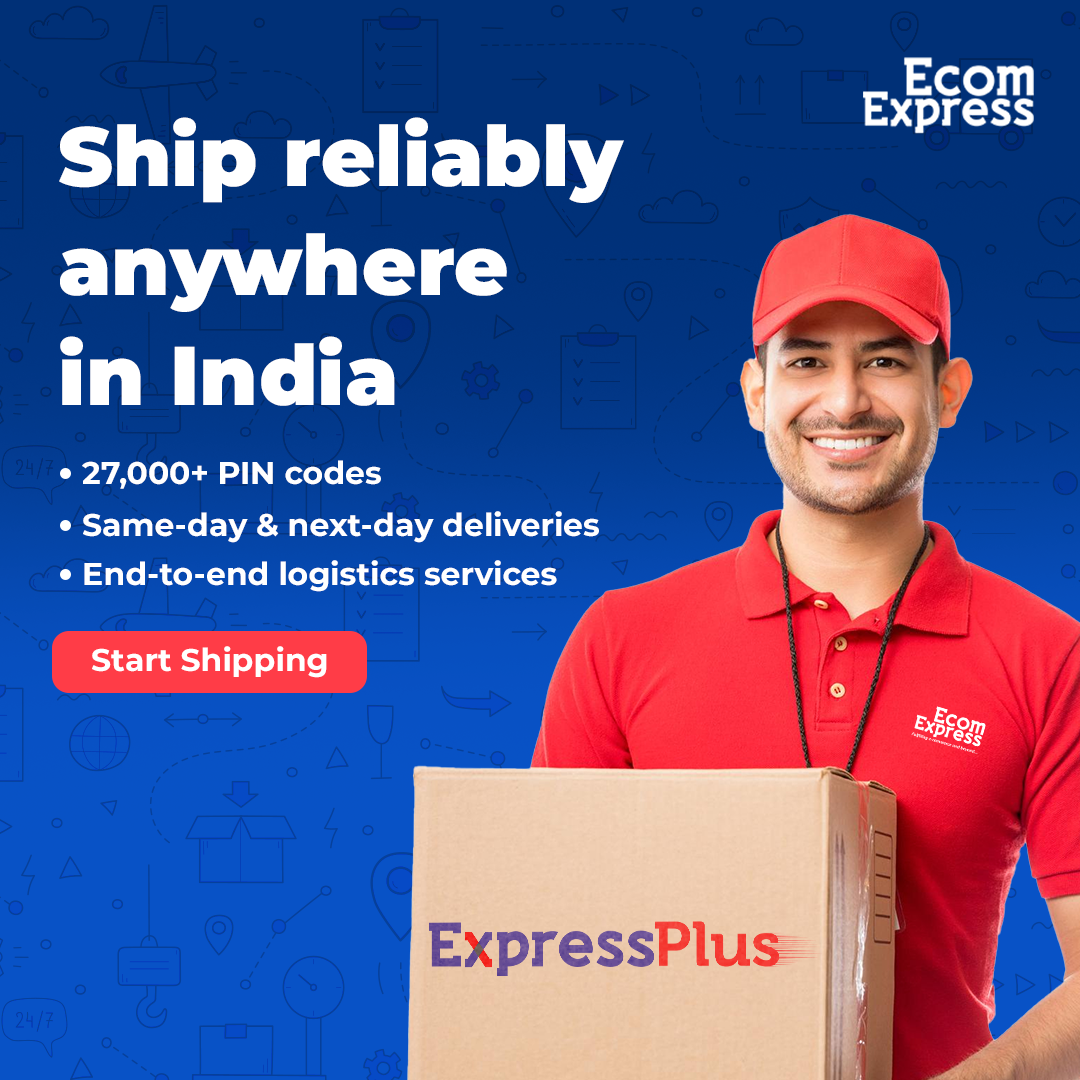The Ecom Express Story: How We Cut CAC by 36.4% for India’s Leading Delivery Partner
Written by Rachit Hegde, Co-founder & Digital Marketing Head at The Small Business Project
In logistics, acquiring the right businesses to partner with matters as much as the speed and precision of each delivery. The Small Business Project collaborated with India’s top logistics provider to improve their onboarding rate.

Challenge Unlocked: Acquiring High-Intent Leads
Ecom Express, India’s premier end-to-end logistics solution provider, came to us with a challenge: get more high-quality onboardings. With a vast network of 27,000+ PIN codes covering 97% of Indian households, the company has handled more than 2 billion parcels since its inception. It is also one of the first logistics players in the country to tap into AI technology to optimise shipping routes for quick and precise deliveries.
But getting promising leads to onboard was becoming expensive.

That’s when a Mumbai-based PR agency, which had previously worked with Ecom Express, pointed them in our direction. They recognised our expertise in performance marketing and referred us, knowing we love a good challenge.
So we set two clear goals:
✅ Increase the onboarding rate to a realistic 7%
✅ Reduce Customer Acquisition Cost (CAC) to ₹1,800 by the end of the 2023–2024 fiscal year
Then, we got to work.

Game Plan: Smart Targeting to Lower Cost
Taking on a major logistics player such as Ecom Express was a whole different ball game for us. Unlike smaller businesses with tighter budgets, we had the advantage of scale but that also meant bigger challenges.
🎯Their ads had wider reach, but they needed to be optimised to target high-intent leads.
🎯The objective was to lower costs, but without compromising lead quality.
We ran super-targeted lead generation campaigns and honed in on high-intent audiences focusing on value over volume. And it paid off.
🚀Lead-to-onboarding rate rose from 2.8% to 9.9%—surpassing the 7% target
🔥Customer acquisition cost (CAC) on Meta plummeted from ₹2,900 to ₹700
🔥Customer acquisition cost (CAC) on Google Ads initially climbed from ₹1,800 to ₹3,600, but then fell to ₹1,300
📉Overall CAC reduced by 36.4%
And the Return on Investment (ROI) on lead gen ads? 💰A whopping 91% with revenue amounting to 1.9 times the ad spend.

Secret Sauce: What We Actually Did
We identified and targeted high-potential audience segments, ensuring ads were directed to the most promising leads. On Meta, we tested various ad creatives in multiple formats and messaging angles, focusing on the brand’s value propositions that resonated with target audiences. On Google ads, we improved ad relevance and reduced spend by optimising bidding strategies and filtering out negative keywords.
Bottom Line
This collaboration wasn’t about throwing money at ads. It was about spending smarter and scaling efficiently.
Featured projects

Roshan Abbas | Speechless
Turned "Speechless" into an Amazon Bestseller

Moonshine
Increased ROI by 12X during lockdown

Ecom Express
Reduced Customer Acquisition Cost by 36.4%

Once Upon India (OUI) – Bhaitaks
Scaled Events for Once Upon India With a 10X Increase in ROAS

SBF Healthcare
Increased ROAS to 6.2 Through Quality Lead Generation

Amal Tamara
Generated 80% of total conversions

Light & Life Academy
Boosted Leads by 39x with Targeted Campaigns

ACE Productions
Sold out events using performance marketing

Fusion Yoga
Generated leads for a Yoga training course

Gayor Essentials
Increased sales & customer retention

Amal Tamara
Increased lead conversions using targeted ads

Bombay Kids Company
Increased sales and ROAS utilizing Google and social media ads

Kayam Churna
Increased sales and ROAS sigificantly in 8 months











